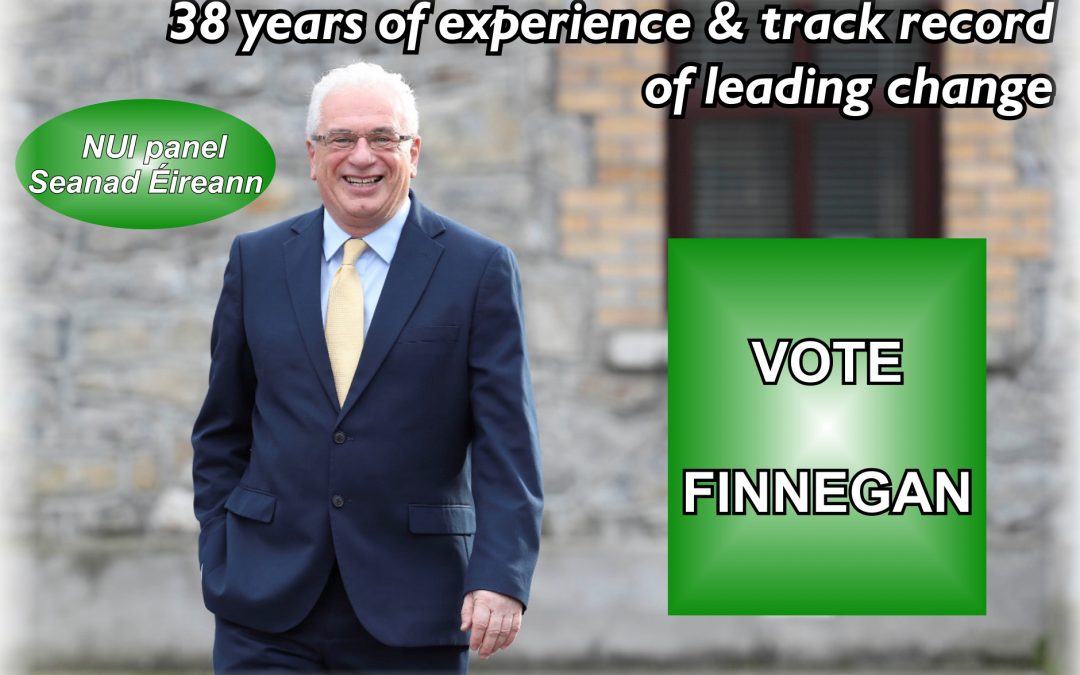Can we solve the housing crisis?
The simple answer is yes. But to address the housing crisis we need to change the narrative that has been allowed to develop, and start our solution from a different starting point .
The issue is not homelessness but rather the right of every citizen to security of tenure, affordable rents, and choice of homes not houses. A home is a house in a community where families intend to put down roots. We need to recognise that there are many different types of home seekers with many different needs. The term “the homeless” masks the different needs of the rough sleeper, the family who are priced out of private rental, and the “ever hopeful” who wait patiently on the Public housing list. It also includes the many families who do rent privately but with support from public funds, and who still hope for the “Council House”. There is also the “hope to buy home” seekers who are in well paying jobs, able to rent albeit at exorbitant prices, and on the impossible purchase hunt for affordable homes. Housing is a societal crisis being experienced across the social and economic spectrum.
There is consensus on the need for a Public Housing Programme. Public Housing is more than social housing. It should be open to all regardless of income. This would create a competitive challenge to the private rental sector. It would move Ireland towards the European model of urban housing: public rental with security of tenure and rents that are reasonable and fixed.
To achieve this move, current provision need to be upended and conventional wisdom on the economics of purchase over rental challenged. While home ownership will always be an asset, some hard research is required to establish how real an asset it is over a lifetime of a family. When the need for disposable income is greatest in the life cycle of a family, the demands of servicing a mortgage on a house is also greatest.
A Public Housing Programme is best delivered by a Housing Trust within the Land Development Agency. Thus all public land, not just Local Authority land, would be available to the Trust. Direct hire of the tradesmen to build would be a better model than meeting the cost of developer “middlemen”. The Trust would also need to effectively manage the mixed housing estates built and ensuring that tenants care for the property and do not infringe on the security and well being of neighbours.
Adequate planning addressing the need for sustainable community infrastructure is essential. Much of our social housing provision is infill on Council lands and lacks any realistic assessment of how the added population will access school places, transport infrastructure, childcare options, and in some situations health and shopping options within a reasonable distance. Planning for sustainable community growth should require inter-agency co-operation. This would ensure that the additional population of new housing does not impact negatively on existing community infrastructure.
Building the “brick and mortar” houses we have come to expect takes time and adequate workforce availability. As the economy and population expands, and as more individuals seek independence at a younger age from the family home, the demand will continue to outstrip the traditional build supply. In short we may never reach a supply-demand equilibrium. So creative and innovative options are needed. Many housing providers beyond Ireland are already introducing such options.
If an earthquake hit Dublin this week and people were homeless, the first priority of an emergency response would be to provide temporary shelter. In practice we already have “temporary shelter” as a response to the housing crisis, through HAP and through Family Hubs. But perhaps we should provide temporary shelter within the building of new housing, by an incremental build process built into the land use and planning approach. This approach is not that radically different to recent regeneration of local authority housing such as St Teresa’s Gardens in Dublin. The process was sound; the problem was, for a variety of reasons, the new builds did not happen quickly thus reducing residents’ confidence in the process.
The use and reuse of quality “quick fix cabin” housing as a temporary solution within a strategic rolling housing and development plan could work. This would involve identifying the new lands on for housing, put in the services and road infrastructure and build the new homes gradually.
On 75% of the “serviced” land, place quick-fix rental housing units to house families without delay. On the remaining 25%, dedicated construction teams would begin to build more traditional and permanent houses/apartments. Then gradually, on a rolling basis, people living on site and in the 75% quick-fix units would move into the completed permanent houses. People living in the temporary housing on site can thus be more confident that they will access permanent housing.
Housing is about shelter, but it is also about dignity and personal space. This approach would, albeit imperfectly in the short term, secure the shelter that would give each family space and dignity. It is a route map to ensuring that one day supply may equal demand, while ensuring that in the meantime those who are seeking a home have one.
If whatever government emerges from the horse trading of the coming weeks ignores creative solutions, we will continue to have “homelessness” as an election issue for decades to come. Real change happens not when we change those who sit at the Cabinet table, but when we change the thinking and narrative that shapes current policy.
Peter Finnegan is a Change Consultant whose immediate previous role was Director of Housing Policy with Dublin City Council. He is currently Managing Director of his own Strategic Change Consultancy Company.

